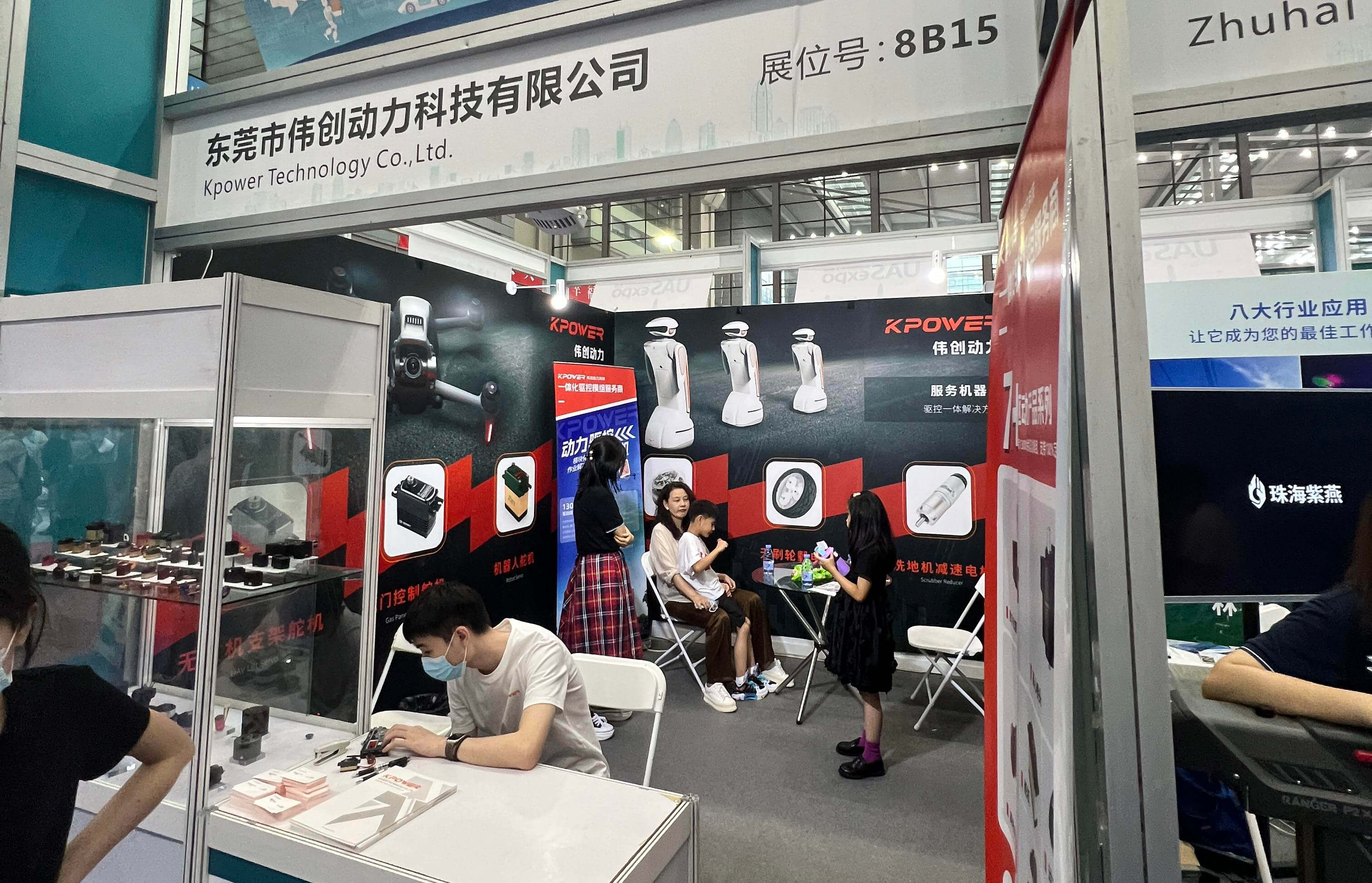Unlocking the potential of the SG90 servo motor with 360-degree rotation
The world of electronics and robotics is continually evolving, driven by innovation, creativity, and a desire to push boundaries. Among the myriad components that empower hobbyists, engineers, and innovators alike, the servo motor stands out as a fundamental building block. One of the most popular and accessible options in this arena is the SG90 servo motor, especially noteworthy when it can achieve 360-degree rotation—a feature that turns a simple motor into a versatile tool capable of groundbreaking applications.

Understanding the SG90 servo motor
At its core, the SG90 servo is a compact, lightweight, and cost-effective servo motor that has become a staple for robotics projects, RC models, and DIY automation systems. Originally designed with a limited rotation of about 180 degrees—which is standard for most servos—the SG90 has garnered a reputation for its reliability and ease of use. Its small form factor makes it ideal for projects where space is at a premium, and its moderate torque output makes it suitable for lightweight tasks.
What makes the SG90 particularly attractive is its compatibility with microcontrollers like Arduino, Raspberry Pi, and others. Thanks to its PWM (Pulse Width Modulation) control, it can be precisely positioned at various angles, enabling precise movements necessary for complex robotic arms, camera gimbals, or even art installations.
The allure of 360-degree rotation
While the standard SG90 offers about 180 degrees of rotation, some modifications and specialized versions allow for a full 360-degree rotation or even continuous rotation. This expansion of motion capability unlocks a new realm of possibilities. Think of a camera mount that can spin infinitely for panoramic shots; a robotic arm that can perform full circular movements in tight spaces; or an automated system that requires continuous rotation for efficient operation.
Achieving 360-degree rotation typically involves converting the servo into a continuous rotation servo or using specific hardware modifications. While the stock SG90 isn’t designed for unlimited rotation, hobbyists and engineers have devised clever techniques, such as removing the physical stop or adjusting the internal potentiometer, to attain nearly or fully continuous rotation.
Why does 360-degree rotation matter?
Unlike standard servo motion limited to a fixed angular range, a 360-degree capable servo offers endless possibilities—literally. It transforms the servo from a controlled positional device into a motor that can rotate indefinitely under our command. This capability simplifies design complexities, eliminates the need for gearboxes or additional motors, and reduces overall project costs.
Moreover, continuous rotation servos like modified SG90s provide smoother, more consistent motion, making them suitable for applications like conveyor systems, rotating displays, or even drone gimbals. The ability to precisely control such rotation—either by controlling the speed and duration or via feedback sensors—makes these servos an invaluable component for automation and robotics.
The technical challenge and safety considerations
Modifying the SG90 for 360-degree rotation isn’t as straightforward as flipping a switch. It involves careful calibration, and sometimes even mechanical alterations, to prevent damage or inconsistent performance. The internal potentiometer, which limits rotation, needs to be adjusted or bypassed. This process requires patience and a good understanding of servo mechanics.
Furthermore, continuous rotation modifications can lead to increased heat and wear if not managed properly. Proper power supply, cooling, and control logic are essential to prolong servo life and ensure reliable operation.
Practical applications of 360-degree SG90
The potential uses for a 360-degree capable SG90 are virtually limitless. Some prominent examples include:
Pan-and-tilt camera systems: Allow panoramic or tracking shots by rotating a camera mount smoothly across 360 degrees.
Robotic wheels and turntables: Enables robots to rotate freely or control rotating platforms for manufacturing or artistic displays.
Wireless and remote-controlled models: Facilitates full circular motion in drones or RC boats for enhanced maneuverability.
Home automation: Smart curtain or door openers that need continuous or adjustable rotation.
Educational kits: Perfect for learning about motor control, feedback systems, and automation principles.
As hobbyists and professionals continue to experiment and innovate, the significance of the SG90’s capacity for 360-degree motion becomes even clearer. It invites us to imagine smarter, more dynamic, and more engaging projects.
Stay tuned for the next installment, where we’ll dive deeper into how to modify the SG90 for full rotation, explore advanced control techniques, and highlight some inspiring projects that leverage this tiny yet powerful motor.
Kpower has delivered professional drive system solutions to over 500 enterprise clients globally with products covering various fields such as Smart Home Systems, Automatic Electronics, Robotics, Precision Agriculture, Drones, and Industrial Automation.




































